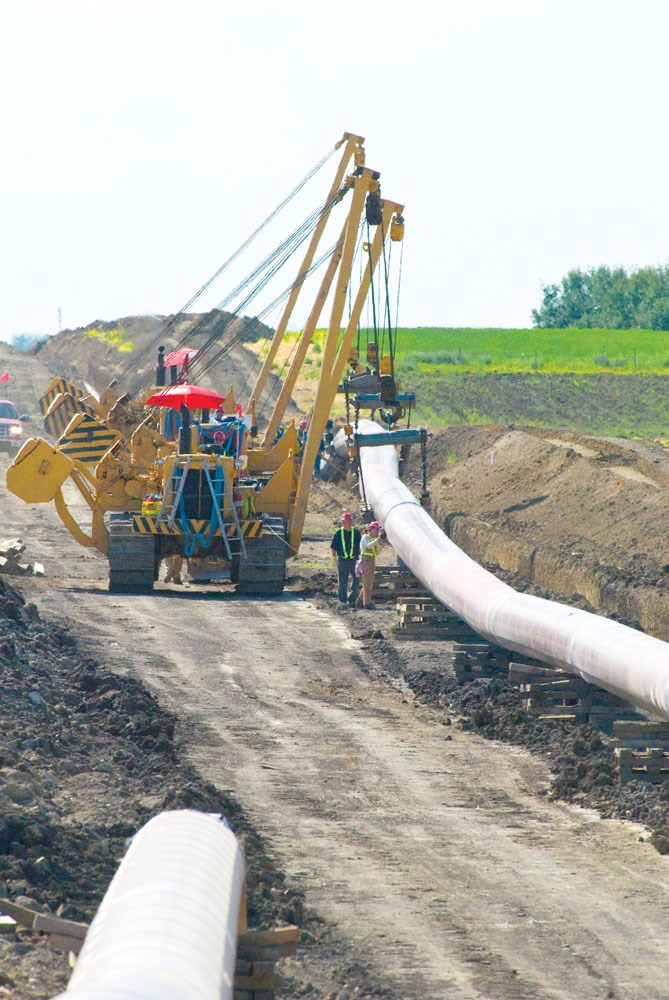Enbridge announced on Aug. 3 that it will begin construction this summer on certain segments of the Line 3 Replacement Program in Canada and that construction in Wisconsin has commenced. This program entails a full replacement of the existing pipeline which runs from Hardisty, Alberta to Superior, Wisconsin.
The portion of the line in southeast Saskatchewan runs from Regina to Maryfield, in close proximity to Highway 48. Just across the Manitoba border it connects to the Cromer terminal. Some portions of the line in that area were replaced previously in recent years.
All required regulatory permitting is in place to proceed with the Canadian construction work, according to Enbridge. Regulatory permitting is also in place for construction in North Dakota and in Wisconsin. The only remaining jurisdiction in which the regulatory permitting process is still under way is in Minnesota, where the Minnesota Department of Commerce is expected to release a Final Environmental Impact Statement in the third quarter of 2017. Based on the expected regulatory process and timeline, Management's anticipated in-service date for the project is the second half of 2019.
Given the updated execution plan, the finalized cost estimate for the project is now $5.3 billion in Canada and US$2.9 billion in the United States. The revised cost is approximately 9 percent above the original estimate at the time of project sanctioning in 2014, and primarily reflects delays in the regulatory process, scope changes and route modifications as well as other changes that resulted from the extensive consultation process. The impact of these additional costs on project returns are fully offset by lower estimated operating costs and a stronger United States dollar relative to the original project assumptions.
"Line 3 is a critical piece of energy infrastructure that supports our economy and assures reliable and cost-effective supply of energy," commented CEO Al Monaco. "The new Line 3 will comprise the newest and most advanced pipeline technology and provide much needed incremental capacity to support Canadian crude oil production growth and United States and Canadian refinery demand."




